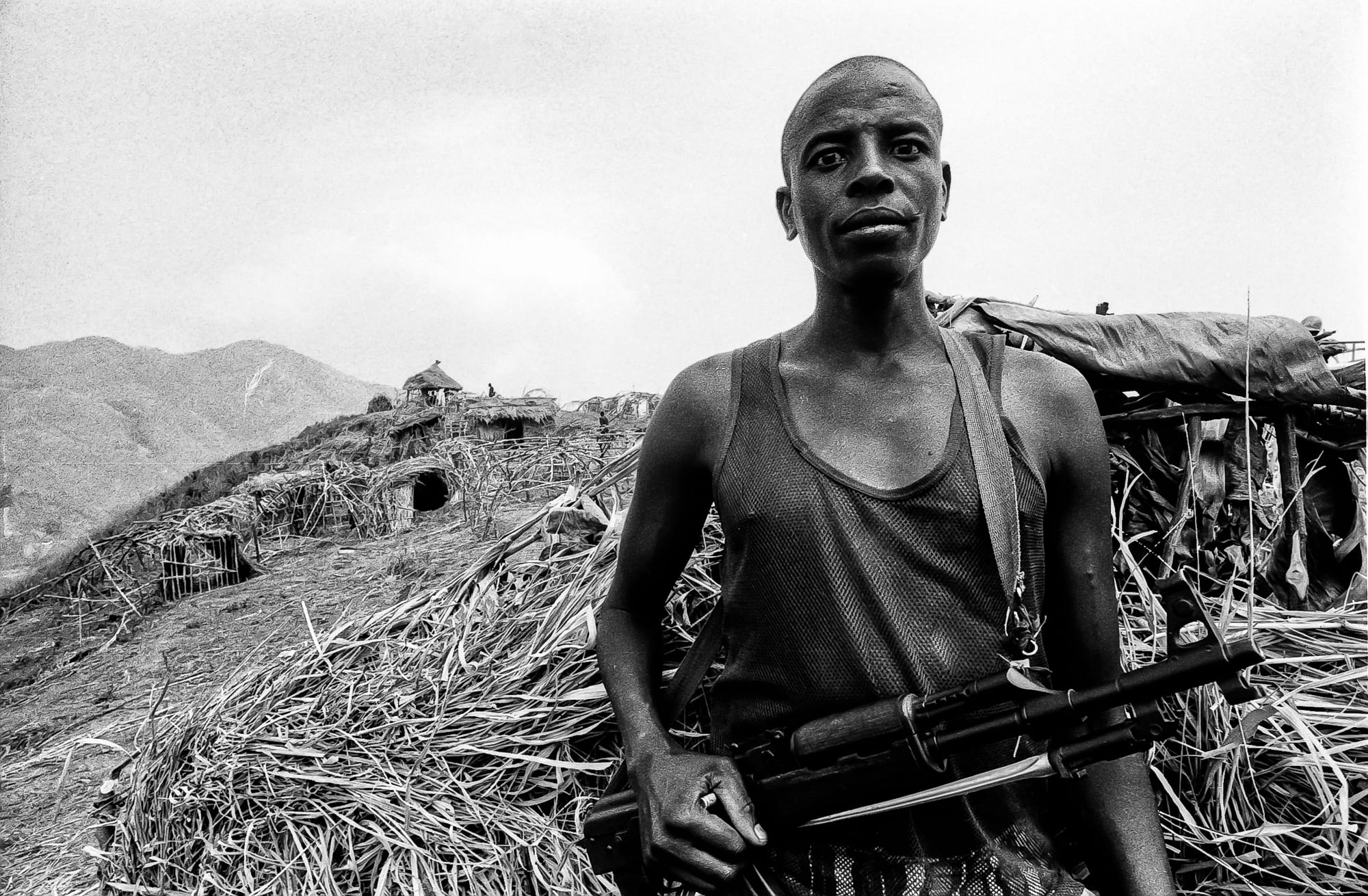To be clear, a lot of Rwandans were murdered during 'the 100 days' of April 1994. Probably hundreds of thousands more than the official account.
But that’s not where the myth(s) are found.
The Rwandan genocide wasn’t genocide—it was a civil war where both sides killed, and the numbers are inflatedpropaganda.
— Peter Erlinder, lawyer and former ICTR defence counsel
In short, there was no genocide between the Hutus and Tutsis.

The ethnic genocide story is just that: a story.
Like Hotel Rwanda: a story.
The myth(s) are a multilayered consequence of US-backed propaganda and international confusion resulting from deliberately skewed reporting.
The standard model of the Rwandan genocide… has been carefully contrived to serve Western interests, covering up their own roles and emphasizing a one-sided story of ethnic hatred.
—Edward Herman, co-authors of The Politics of Genocide
Put another way, the mainstream narrative is that the Hutu-led government orchestrated an ethnically-driven genocide of Tutsis (with a few moderate Hutus thrown in for good measure). We are told that around one million 'cockroach' Tutsis were murdered by the Hutus after the aircraft carrying President Juvénal Habyarimana was shot down on 6 April.
Except that it’s nonsense.
'There was no genocide'
Firstly, Hutus—not Tutsis—made up the majority of those killed.
Secondly, what actually happened was a multipronged, violent coup d’état backed by various international interests including Uganda and the United States. A 'genocide', one might argue, was one small limb of the entire body but a Western-backed civil war was the massive main limb.
So, yes, Hutus and Tutsis ended up killing one another as a consequence of the coup and confusion.
Paul Kagame, a Western lackey, has been the president ever since and it's obviously just a total coincidence. ✅
The so-called genocide was a myth—Tutsi rebels killed as many Hutus, and the world bought Kagame’s victim story.
— Charles Onana, journalist and author






